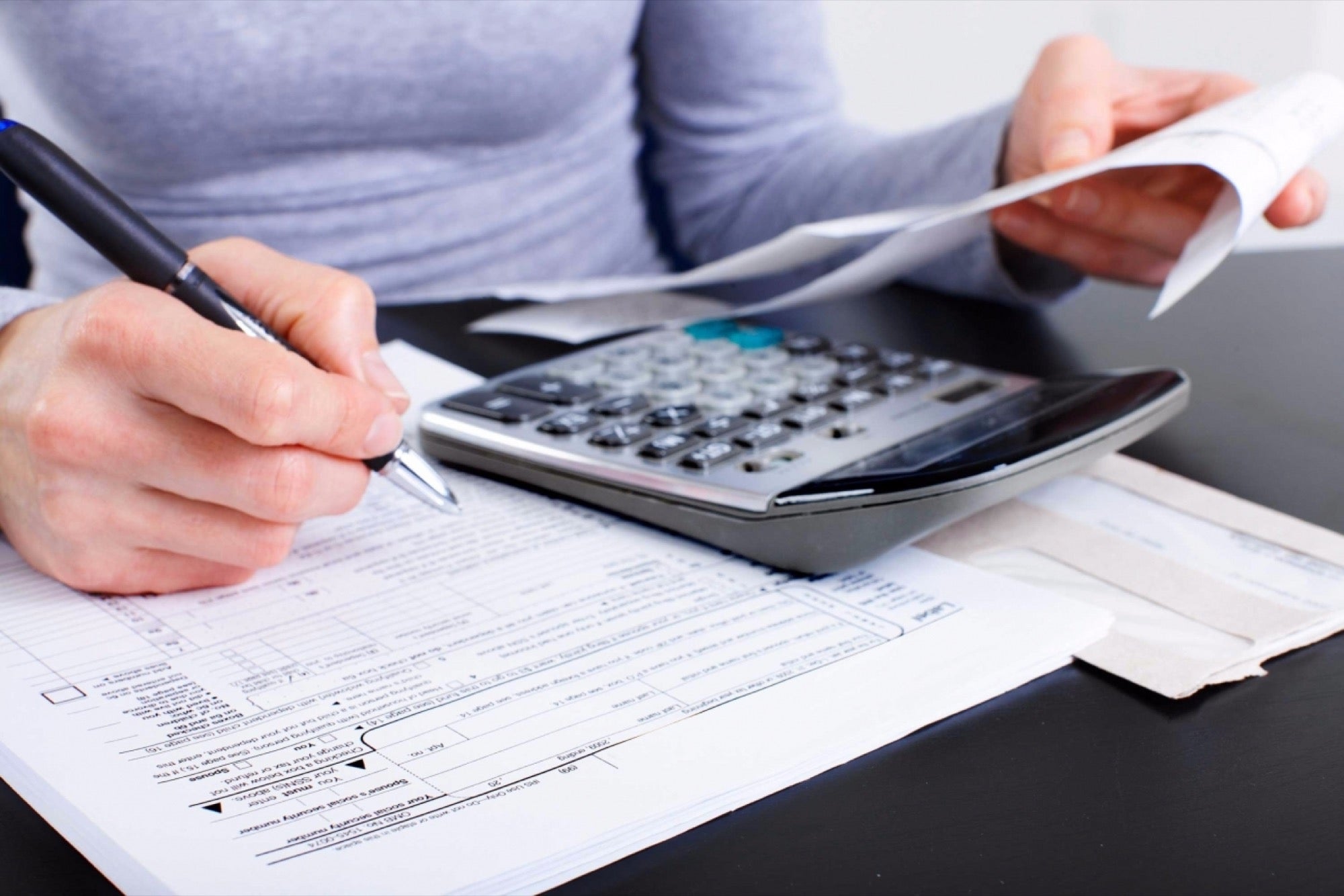Want to Lower Your Taxes? Make the Most of Retirement Planning Tools Like 401(k)s and IRAs. If you have yet to file your 2017 taxes, here are some key strategies that may help you come out ahead this tax season.
By Stuart Robertson Edited by Dan Bova
Our biggest sale — Get unlimited access to Entrepreneur.com at an unbeatable price. Use code SAVE50 at checkout.*
Claim Offer*Offer only available to new subscribers
Opinions expressed by Entrepreneur contributors are their own.

With Tax Day fast approaching, business owners may be scrambling to figure out the best ways to reduce their tax bill and increase the likelihood of receiving a refund. While most business owners know they can write off office rent, travel and cell phone costs, some don't realize retirement planning tools like 401(k)s and IRAs also offer deductions to offset both personal and business taxes. In fact, the Spark 401k Small Business Retirement Planning Index found one-third of small-business owners with a 401(k) said it reduced their personal taxes (35 percent) and business taxes (31 percent).
Related: 75 Items You May Be Able to Deduct from Your Taxes
If you have yet to file your 2017 taxes, here are some key strategies that may help you come out ahead this tax season, and help you be better prepared to tackle your taxes for 2018 and beyond.
Profit-share into your 401(k).
You still have time to make a 401(k) profit-sharing contribution before your tax deadline -- these tax-deductible contributions can lower business taxes, drive employee engagement and offer flexibility for companies that can't commit to making consistent matching 401(k) contributions.
Depending on how your business is set up, you can profit-share up to 25 percent of W-2 payroll or 20 percent of your net Schedule C directly into you and your employees' 401(k)s. Self-employed business owners can also profit-share into their individual 401(k)s, helping to lower their personal tax liability.
Want an overview of profit-sharing? The IRS breaks it down here.
Related: 5 Early Steps to Get Ready for Tax Time
Max out your IRA.
IRA contributions are tax deductible, and you can reduce your personal taxes by making additional investments before Tax Day. You have until April 17 to contribute up to $5,500 (or $6,500 if you are 50 or older). Leveraging an IRA is especially important for owners who have yet to set up a 401(k).
Establish a 401(k) plan.
Even though 401(k)s offer business owners opportunities for significant tax savings, many just don't know about these benefits -- our Small Business Retirement Planning Index found one-third (31 percent) of small-business owners without a 401(k) said they would consider offering one if tax benefits existed.
Related: Just Listen: The IRS Is Telling You How to Have a Tax-Free Retirement
To save on next year's taxes, you've got to plan ahead. If you don't have a 401(k), commit to setting one up this year to make the most of the tax-deferral benefits. If you need more convincing, the IRS has a web page set up to discuss all the benefits of implementing an employee retirement plan. Depending on your age and plan type, as a business owner you can contribute up to $60,500 this year and deduct matching contributions you make to employees. Businesses starting their first plan with fewer than 100 employees also qualify for tax credits as high as $500 to offset set-up and administrative costs for three years (though owner-only businesses are excluded from the credit).
Remember, these three simple tasks are important to consider during tax season, but a 401(k) can help you reach many of your personal and business goals -- like boosting employee engagement and loyalty, improving your tax strategy and building your retirement nest egg -- all year long.
Advisory services are provided by Capital One Advisors, LLC, an SEC-registered investment advisor and a subsidiary of Capital One Financial Corporation.
Spark 401k is a marketing name for Capital One Advisors, LLC.
Related Video: This Simple Difference Could Cost You Thousands in Taxes











